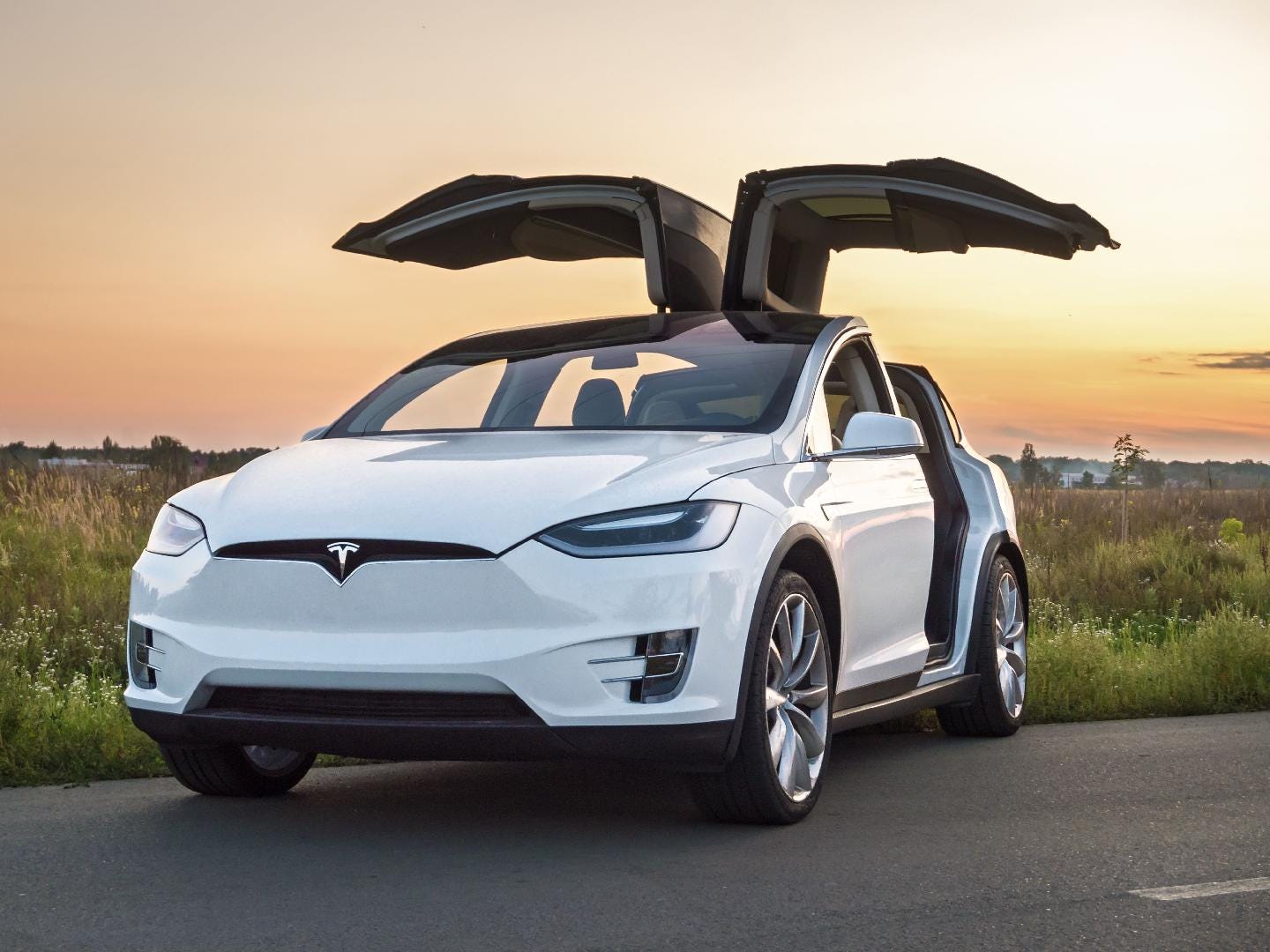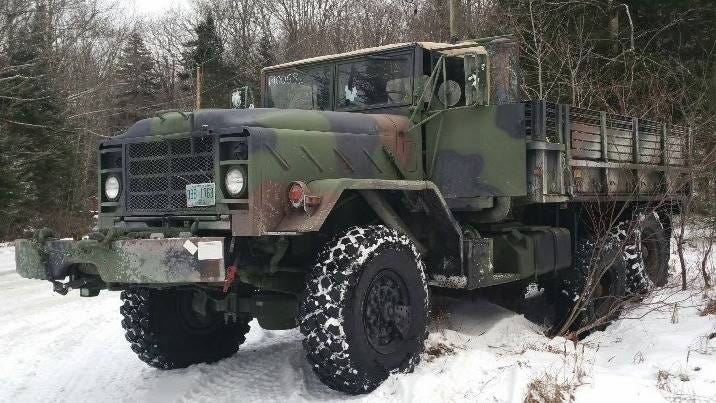U.S. Military Should Adopt All-Electric Vehicles, Energy Secretary Suggests
Sorry, the battle is cancelled due to unforeseen lack of Super Charger Stations
The U.S. Secretary of Energy, Jennifer Granholm, wants the US military to move to all-electric vehicles by 2030.
Questioner: Do you support the US military adopting EV fleet by 2030?
Jennifer Granholm: I do, and I think we can also get there as well. And I do think that reducing our reliance on globally traded fossil fuels, when we know that global events such as Ukraine can jack up prices for people back home, it does not contribute to energy security. Energy security is achieved when we have home grown clean energy is abundant, like in Iowa, and we can be a leader globally in how we become energy independent.
Someone reading this blog might have a nice electric car like this:
Many EV owners love their cars. They accelerate quickly, have self-driving features, and have a lovely sound system. After a short daily commute, the happy owner parks his or her electric car in a warm garage, plugs into the electricity, charges it overnight, and in the morning, the car is charged for another day.
Should a Tesla driver need a recharge during the day, they can sometimes find a high-power Supercharger station to charge their car. Such stations require upgraded electrical grids to supply enormous currents needed for rapid charging.
The military operates differently: far away from roads and electrical grids, in contested areas, with the trucks needing to run continuously for extended periods.
While most US military equipment is stationed in the US, it fights elsewhere.
I own a truck similar to this one, an M925A2:
If the above truck runs out of fuel while stuck in the mud, it can be easily fueled with a jerry can. But what if the truck was electric? How would we recharge it here if it ran out of battery charge in a faraway country?
I am not sure!
How well would solar panels charge this truck in winter near the Arctic Circle?
Tell me!
The US military is used to bringing fuel along with its vehicles.
Hauling fuel has been an unpleasant but essential job of militaries since they switched to trucks and abandoned horses as the mode of transportation. You rarely see tanker trucks on TV, but no battle can be won without fuel. If the US switches to all-electric vehicles, no battle can even begin before the electric batteries are charged. Where will our warfighters plug in the batteries?
Fuel is portable.
Extensive electrical grids are not portable.
The enemy can target large, fixed electrical grids, much more so than easy-to-hide fuel tanker trucks and small fuel dumps.
So how would Ms. Granholm charge all-electric vehicles in future deployments? I am afraid that she is not quite sure herself.
Where is the grid to charge this convoy in Afghanistan?
In fairness, giant appetites for fuel are a liability to every army, and the fuel supply can be interrupted. Fuel supply problems were a significant problem for US troops in Afghanistan. However, fuel supply is inherently more resilient than electric supply.
Additionally, many military bases located in the US have numerous local vehicles that can be safely converted to electric. In my opinion, warfighting cannot be so converted any time soon.
Will future battles be “canceled” due to the battlespace's lack of suitable electric grids?
In answering this question, remember that canceling a battle is not up to one side only - a traditionally-fueled enemy can choose to attack when the electric batteries are low or when the power grid is degraded.
Defense contractors are already offering all-electric war vehicles, such as this Electric-Infantry Squad Vehicle by GM. (it has the same powertrain as Chevy Bolt, superimposed below)
Would the “transition to all-electric warfighting vehicles” actually happen? If it does, will it benefit our readiness?










Wow! You really can't help idiots like this.
Maybe all the military conflicts need to be in Iowa!
Good grief, we don't stand a chance. Russia is laughing hard. They're well aware that- 40c is hard on batteries. Plus when they burn, nothing puts its toxic fire out.